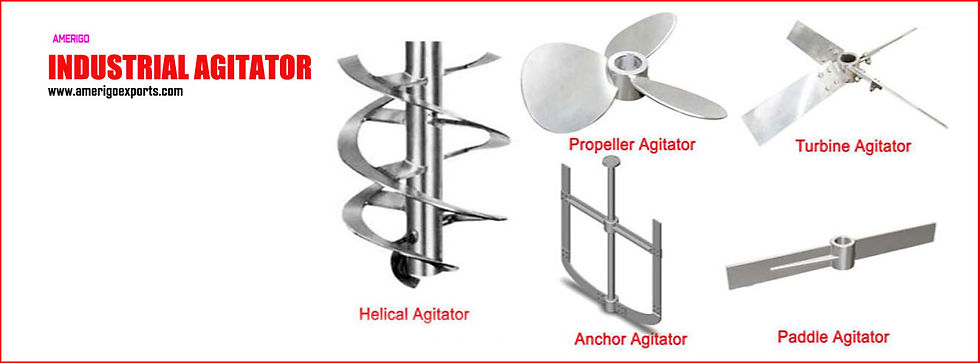Proper installation and maintenance of Flowguard pulsation dampeners in industrial and engineering systems.
- Amerigo Exports
- Nov 18, 2024
- 2 min read
Flowguard Pulsation dampeners are devices used in fluid systems to reduce pulsations, vibrations, and pressure fluctuations caused by reciprocating pumps, compressors, or other cyclic fluid flow mechanisms. Here are their key characteristics:
1. Functionality
Pulsation Reduction: Smoothens the flow by absorbing and dampening pressure spikes, resulting in more consistent fluid movement.
Vibration Control: Minimizes vibrations caused by pulsations, which can lead to wear and tear on pipes and other components.
Noise Reduction: Decreases noise generated by pulsations in the system.
2. Types
Bladder Dampeners: Use a flexible bladder filled with gas (usually nitrogen) to absorb pulsations.
Diaphragm Dampeners: Similar to bladder dampeners but use a diaphragm to separate the gas and liquid.
Hydraulic Accumulators: Sometimes act as pulsation dampeners, using hydraulic fluid and gas for energy absorption.
Inline Dampeners: Compact and installed directly into the pipeline for specific applications.
3. Materials
Body Materials: Commonly made of steel, stainless steel, or other robust metals to withstand high pressures and corrosive environments.
Internal Linings/Seals: Typically use elastomers or polymers (e.g., PTFE, EPDM, Viton) for compatibility with the system’s fluid.
4. Applications
Pump Systems: Particularly with reciprocating pumps to stabilize flow and reduce wear on downstream components.
Hydraulic Systems: To cushion pressure surges and enhance system reliability.
Process Industries: Used in chemical, oil & gas, and food processing industries for maintaining steady flows.
Metering Applications: Help maintain consistent flow rates for precise measurements.
5. Performance Characteristics
Pressure Range: Operates over a wide range of pressures, often rated for high-pressure systems.
Volume Capacity: Available in various sizes to match system requirements.
Response Time: Instantaneous or rapid response to pressure changes.
Maintenance Requirements: Regular inspection needed to check for gas charge levels or wear in the bladder/diaphragm.
6. Installation and Design
Positioning: Installed near the source of pulsation for maximum effectiveness.
Orientation: Orientation and installation can vary depending on the system design (vertical or horizontal).
Pre-Charge Pressure: The gas side is pre-charged to a specific pressure for optimal performance.
7. Advantages
Enhances the lifespan of system components.
Improves system efficiency by reducing energy losses.
Minimizes cavitation and other flow-related issues.
Understanding these characteristics helps ensure the proper selection, installation, and maintenance of pulsation dampeners in industrial and engineering systems.





Comments